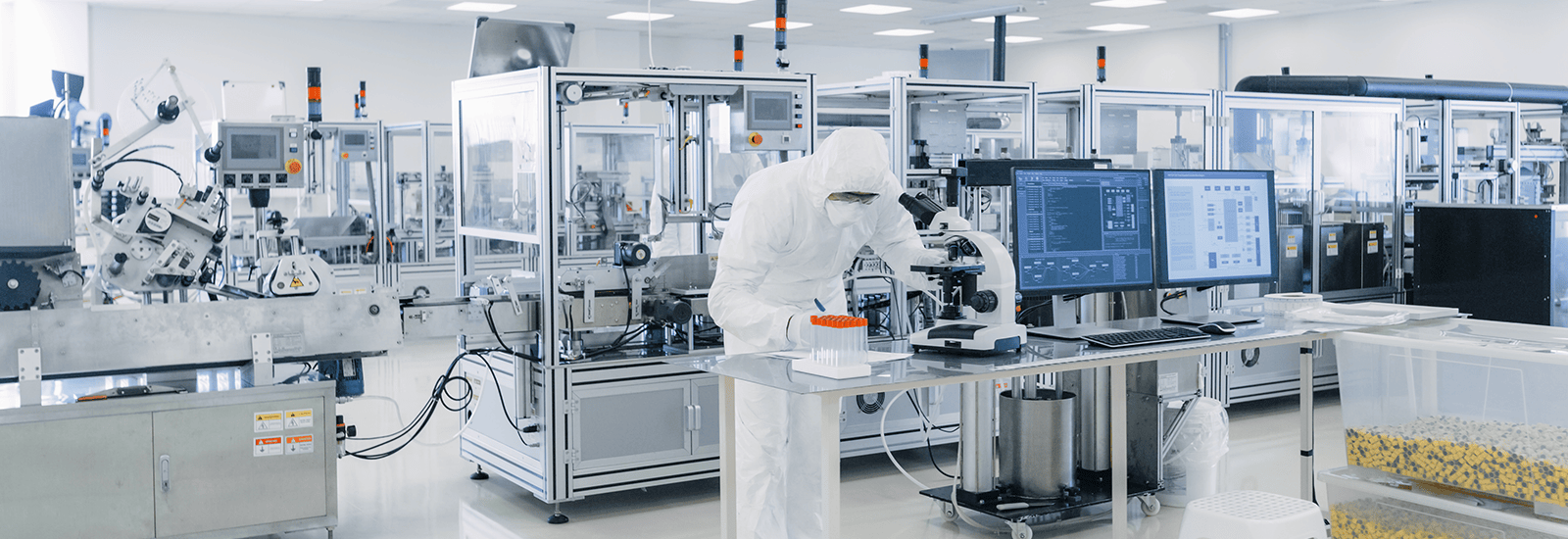
Sterile Processing Technician
The Sterile Processing Technician program is designed to prepare students to function as a sterile processing professional in multiple healthcare settings. Sterile Processing technicians perform and participate in decontamination, cleaning, assembling, packaging, scanning, sterilization, storage, and distribution of reusable surgical instrumentation and equipment.
This online program is taught by Condensed Curriculum International, an educational partner working with the University of Arkansas. The purpose of this program is to prepare students to clearly and thoroughly understand his or her roles and responsibilities. Working in a sterile processing area requires specific knowledge and skills, including an understanding of the following key areas and topics: instrumentation, processing of surgical instrumentation, processing of moveable patient equipment, storage and inventory, medical terminology, and infection control processes.
Certifications
This course assists learners in preparing for the following certifications. While this profession is not regulated in the state of Arkansas, some states may require certification for individual professionals, and other states might rely on healthcare facilities to set standards. If you are located outside of Arkansas, please consult with your state’s medical professions regulating agency.
- Healthcare Sterile Processing Association (HSPA) Certified Registered Central Service Technician (CRCST) Certification (The exam is administered online.)
- In addition to passing the certification exam, candidates must document 400 hours of hands-on experience either in the 5 years preceding the application OR within 6 months after passing the certification exam (Provisional Certification).
- Certification Board for Sterile Processing and Distribution (CBSPD) SPD Technician (SPD) Certification (The exam is administered online.)
- National Workforce Career Association (NWCA) Sterile Processing Technician (SPT) Certification (The NWCA exam can be offered both in groups of students in the classroom or individually online.)
Always check with your state's regulatory agency or board for the most current and specific information.
Course Outcomes
At the end of this course, students will be able to:
- Describe various functions of SPD.
- Identify the health and safety regulations, standards, and guidelines that apply to the processing of medical devices and instrumentation.
- Define anatomy and physiology, explain how they are related, and understand how anatomy and physiology relate to the work performed in the sterile processing department.
- Understand the basic factors in disease transmission.
- Describe the body’s defenses against infection and the factors that affect the body’s susceptibility to disease.
- Distinguish between regulated medical waste and non-infectious waste.
- Explain bloodborne pathogens and the safety precautions necessary in SPD.
- Outline the standards required for a quality decontamination process.
- Understand the appropriate dress code and the role of personal protective equipment (PPE) as it relates to OSHA regulations and employee safety and health.
- Describe functions performed during chemical disinfection.
- Describe the procedures that must be followed and the precautions that must be observed during the preparation and use of the variety of disinfecting agents used in the decontamination process.
- Identify the processes needed to effectively disassemble, clean, disinfect, inspect, reassemble, test, store, and distribute movable patient care equipment.
- Understand the organization of instruments sets and the preparation of basins and textile packs.
Condensed Curriculum International
Offered through our partnership with Condensed Curriculum International
Request Information

